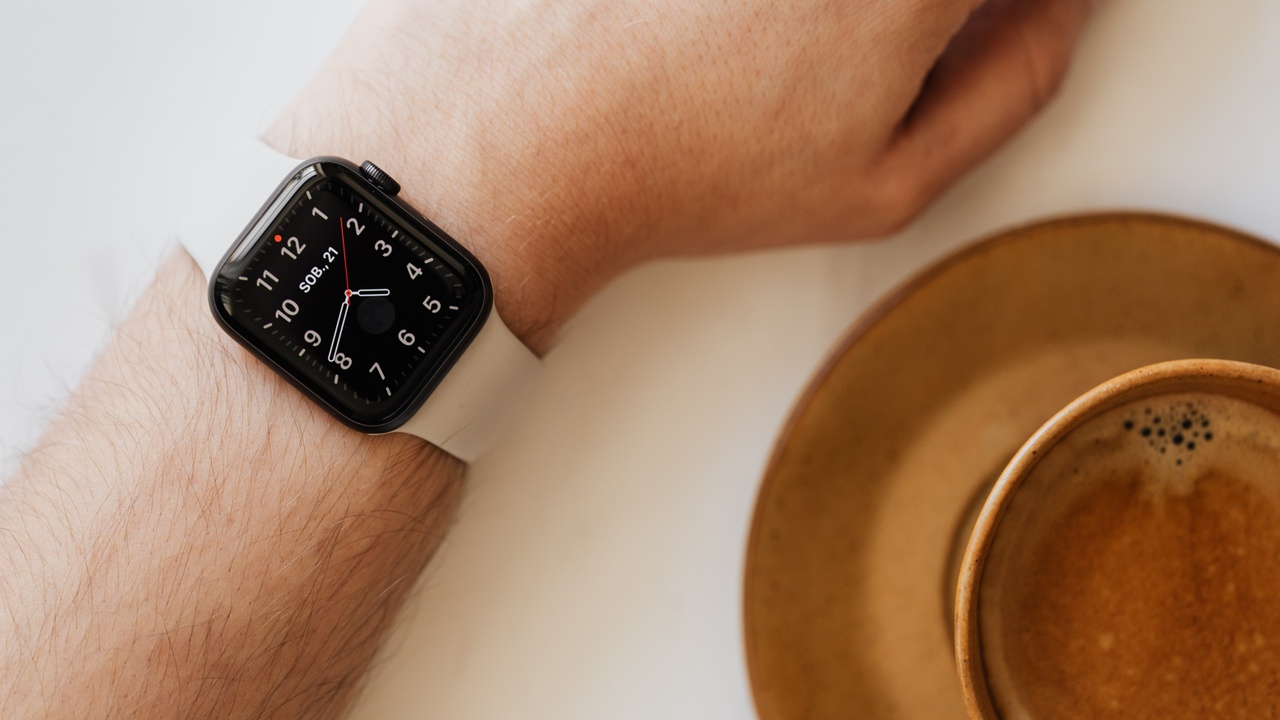Securing Internet of Things (IoT) Wearables
Jan 19, 2022
By: Elizabeth Peters
What are Wearable Internet of Things (WIoT) devices?
Wearable Internet of Things (WIoT) devices are defined as technological infrastructure that interconnects wearable sensors to enable monitoring of human factors and including health, wellness, behaviors, and other useful data while improving users’ daily lives. WIoT are wearable smart devices like fitness bands, smartwatches, and even smart glasses. WIoT provides easy system accessibility to provide person-centered healthcare. Wearable sensors offer significant advantages to healthcare by automating remote healthcare interventions including monitoring, treatments, and interoperability between providers and patients. Common examples of WIoT include Fitness Bands, Smart Watches, Smart Glasses, Fitbit health monitor, Pebble smartwatch, Google Glass, and Action Cameras, which all inspire new ways of thinking about the IoT for the body and even beyond.
Wearable and interconnected devices promise efficient and comprehensive health care. Human health and fitness are areas in which wearables offer insight that smartphones cannot. This is evident from the immense popularity of fitness trackers and smartwatches used by consumers to self-monitor physical activity. Wearables are predominantly used for self-monitoring for preventative health conditions such as hypertension and stress.
Users are increasingly demanding basic internet services migration to social networking wearables. Wearable devices have made significant progress in recent years with quickly decreasing costs to consumers and steady advancements to their technological capabilities. Although wearables have benefited from advances in mobile technologies, functionality remains limited in comparison to smartphones. WIoT focuses on connecting body-worn sensors to the medical infrastructure enabling providers to perform longitudinal assessments of their patients in the comfort of their homes.
Synchronization of data into cloud services using IoT infrastructure can be perceived as an efficient implementation of the WIoT infrastructure. All components of WIoT are implemented and interconnected systems that benefit the healthcare industry in several different ways. WBAS are not used often as standalone systems due to their computing power and communication bandwidth limitations. Patients can interact with these wearable systems while actively changing some of the interactive interface’s parameters.
WBAS enables the growth of a scalable, pervasive, data-driven healthcare platform. CaBAS benefits WIoT from energy-efficient routing protocols in several ways as listed below:
- network smartphones and sensor handshake and effective data transfer;
- event-based processing which minimizes unwanted data processing on wearable sensors;
- data logs for the enhancement of machine learning algorithms on the cloud;
- person-centered databases storing personalized patient data secured for analysis; and
- data visualization.
Similarly, smart devices and wearable devices increasingly face regular threats from highly skilled and organized attackers. The information collected from wearable sensors is vulnerable to top privacy concerns, such as the users’ health information and location history, whereby if the collected data is not safeguarded during the processes of transmission, it could be accessed by unauthorized users. Strong network security infrastructure is needed to mitigate existing risks of cyber-attacks on WIoT for short- and long-range communication. Every layer in WIoT – beginning with wearable sensors to the gateway devices and further onto the cloud environment must be secured with careful precautions to ensure users’ privacy and security are protected.
WIoT identifies its architectural components including wearable sensors and internet-connected gateways while supporting human health and behaviors. For WIoT to succeed, it must be established to overcome technical and security challenges while generating a flexible framework for networking, computation, storage, and visualization. WIoT researchers have hope in achieving and integrating healthcare best practices in the next 10 years as outlined at (https://kalypso.com/industries/medical-device/smart-connected-medtech) for which: cost-effective care is an initiative; early illness detection is possible; efficient and easy remote administration of medications; and the minimalization of providers visitations will all be normal processes and procedures. When WIoT gets to this point greater value will be delivered to patients, manufacturers, and providers through the merging of smart connected products and advanced analytics.
Don't miss a beat!
Get regular content, event updates, cybersecurity news and much more delivered straight to your inbox.
We hate SPAM. We will never sell your information, for any reason.

